The Ministry of Culture, through the competent Ephorate of Antiquities of Athens, is enhancing the accessibility of the archaeological sites of the Ancient Agora of Athens and Kerameikos. This includes the restoration of ancient visitor pathways, the addition of new routes with provisions for persons with disabilities and those with mobility issues, as well as the creation of new rest and viewing areas.
The comprehensive project in these two historically significant archaeological sites in the heart of Athens involves protective interventions for the monuments, upgrades to entrances, water drainage management, fire protection measures, and enhancements to essential visitor amenities. The project, with a total budget of €5,800,000, is funded by the Recovery Fund and is expected to be completed by the end of the current year.
Minister of Culture Lina Mendoni commented:
“Improving and restoring the network of visitor pathways within the archaeological sites of the Ancient Agora of Athens and Kerameikos, with special attention to unhindered access for persons with disabilities and individuals with mobility challenges in difficult-to-reach areas, is a priority for the proper operation of these sites and aligns with the principles of inclusivity and non-exclusion. The redesign of the routes, combined with the overall infrastructure upgrades, aims to make it easier for visitors to explore the archaeological site while ensuring universal accessibility. Through the new, suitably adapted routes for individuals with mobility challenges, visitors will be able to navigate freely within the archaeological and monumental environment, gaining a better understanding and view of the site, supported by the newly created rest and viewing points.
In the case of Kerameikos, the goal is to create functional connectivity between this section of the city, via Asomaton Street, and the archaeological site through a new entrance. For the Ancient Agora, the aim is to present the archaeological site as a prominent political and public space that highlights Athens’ long and uninterrupted history, particularly through improved interpretive connections with the Acropolis. Upon project completion, both Greek and international visitors will enjoy an upgraded experience.”
Archaeological Site of Kerameikos
The project for the visitor routes and viewing areas in the archaeological site of Kerameikos includes interventions necessary for the smooth movement of the public within the site, with particular emphasis on individuals with disabilities.
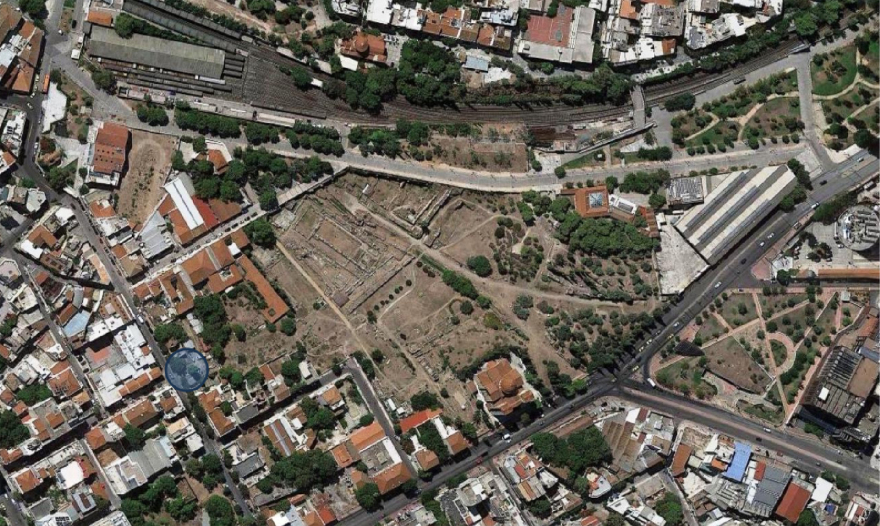
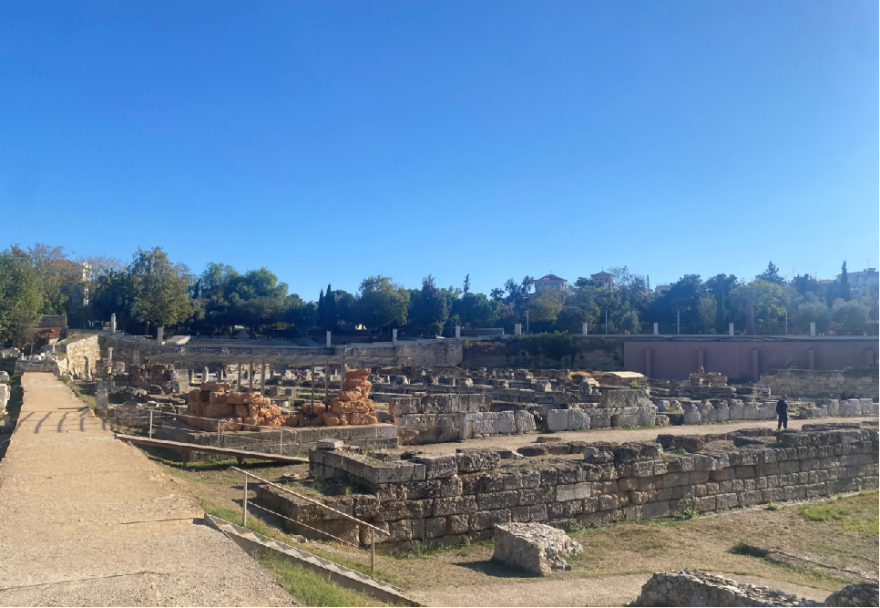
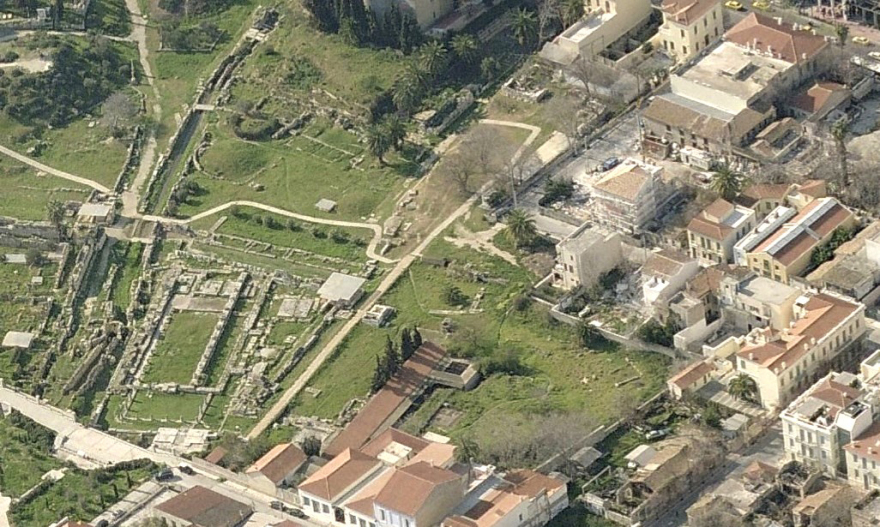
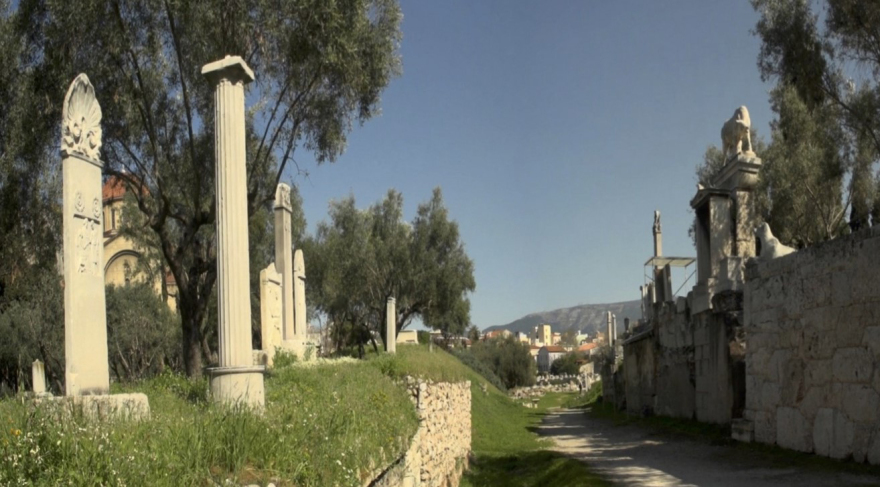
Aesthetic and Functional Upgrades in the Visitor Routes
The project focuses on the aesthetic and functional enhancement of visitor routes, showcasing the archaeological and historical content of the accessible areas. Existing pathways are maintained, while the network is extended into previously inaccessible sections of the site, providing broader coverage of its multifaceted content. Additionally, new viewing stops are created, and hydraulic issues are addressed. Special attention is given to standards for persons with disabilities, including the construction of ramps and new pathways that connect to existing ones. The network covers all monumental areas of the site, linking viewing stops at significant points.
Ancient Agora
The current visitor pathways and routes in the Ancient Agora lack a unified design. Apart from the clearly defined Panathenaic Way, the remaining routes are organically developed through archaeological sections, with prominent ones leading to the Stoa of Attalos and the western pathway toward the hill of the Temple of Hephaestus.
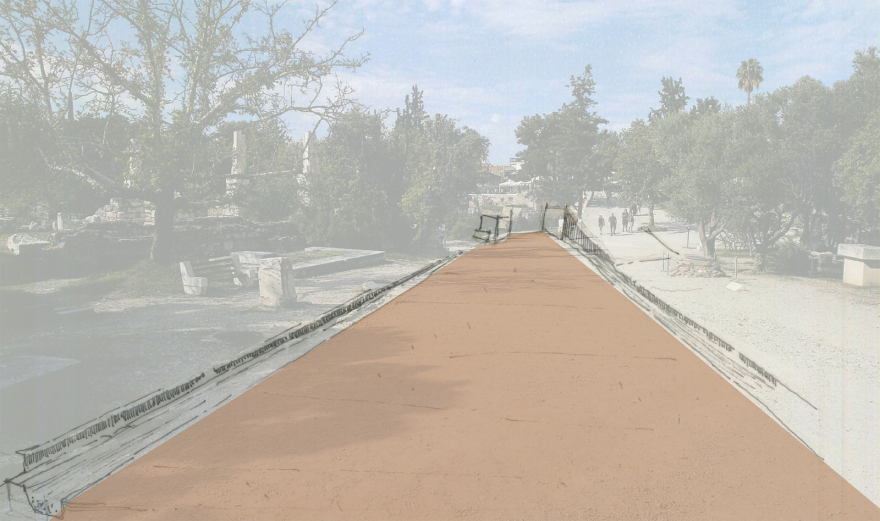
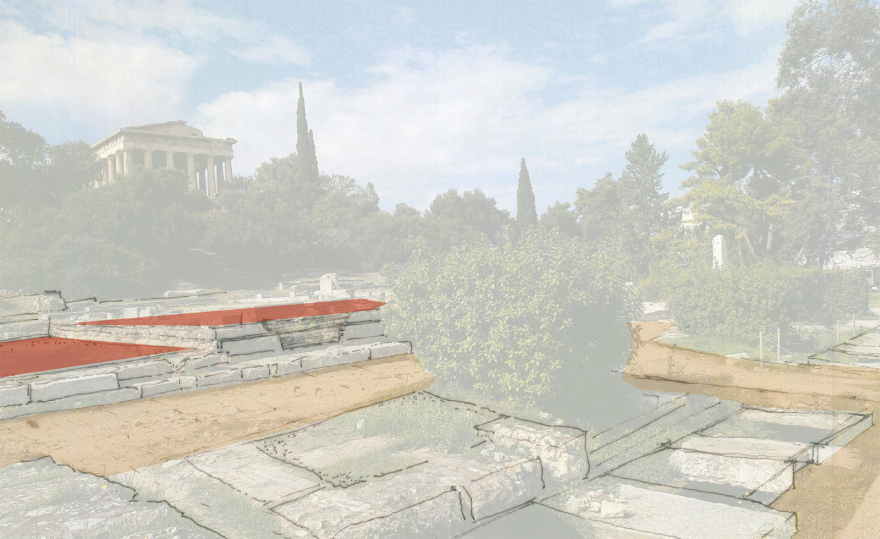
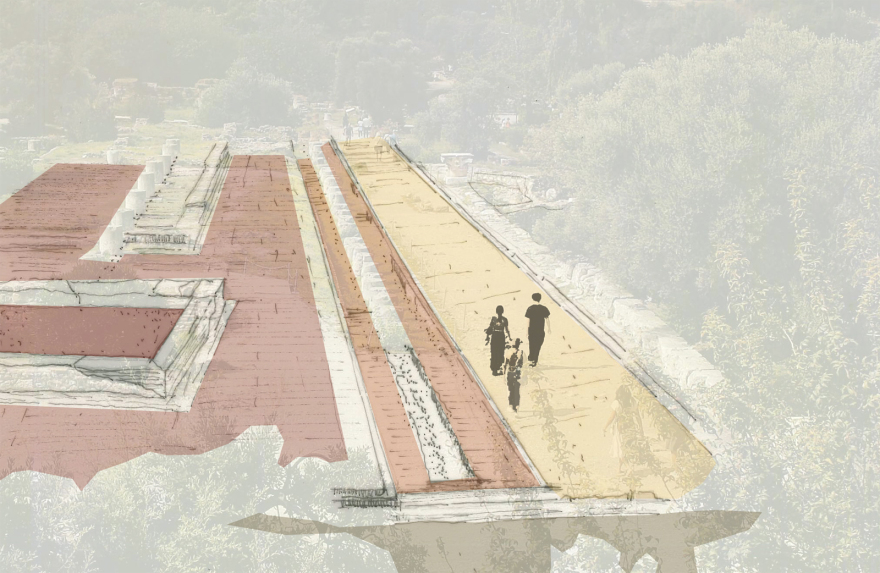
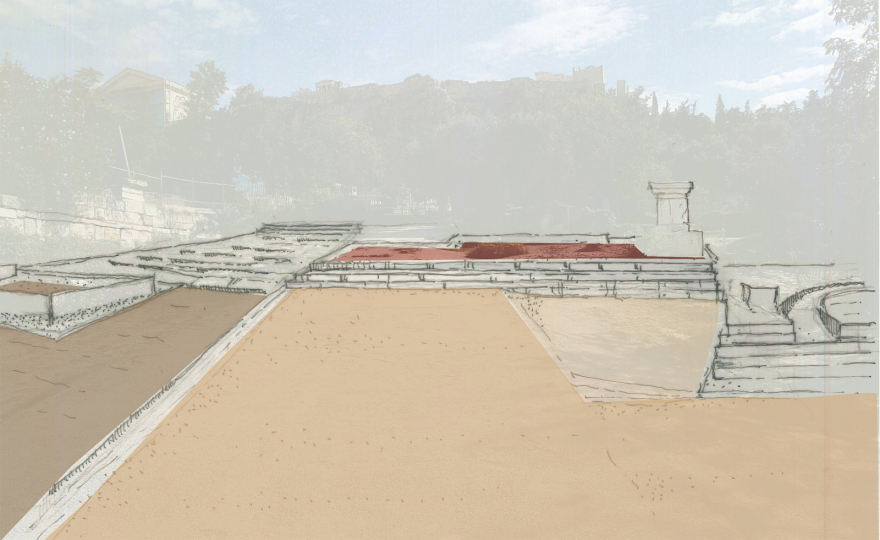
The ongoing project divides the routes into three main categories:
- The Panathenaic Way.
- The primary ancient networks – Western Road, the path in front of the Middle Stoa, and Piraeus Road – where issues of preservation, accessibility, and connection with adjacent archaeological elements are identified.
- The modern pathways.
Interventions and Objectives
The interventions aim to identify and highlight the values and characteristics of the site and its monuments, ensuring their preservation and promotion within the framework of managing the archaeological space. The pathways enhance the visibility of individual monumental complexes, ensuring their interconnection so visitors can comprehend the scale, urban layout, and relation to neighboring archaeological sites.
The ancient road network of visitor pathways is being restored, with provisions for individuals with disabilities and mobility challenges, while new rest and viewing areas are developed. The interventions cover the accessible and organized archaeological area, stretching from Adrianou Street to the dirt road of Asteroskopeiou Street, including:
- The Central Square.
- The Industrial Zone.
- The Hill of the Kolonos Agoraeus.
- The area of the Library of Pantainos.
- The area of the Royal Stoa, south of the ISAP railway lines.
The central design concept focuses on restoring ancient routes – such as the Panathenaic Way, Western Road, Southern Road, Piraeus Road, Areopagus Way, Sculptors’ Way, Upper Southern Road, and the Terrace of the Middle Stoa – while reducing modern pathways. This approach provides a clearer understanding of the site’s structure, ancient road networks, and monuments, while ensuring a coherent circular tour for a direct and educational spatial narrative.
Pathways crossing monuments will be eliminated, except in cases deemed essential for spatial understanding. To ensure accessibility for individuals with mobility challenges, the project includes creating secondary pathways to key monuments with appropriate paving and ramps.
A circular route connecting significant viewing points and a dedicated pathway to the Temple of Hephaestus are also being developed. New rest areas will be established at selected points within the archaeological site and on Asteroskopeiou Street, alongside upgrades to some existing urban infrastructure elements.
Ask me anything
Explore related questions





